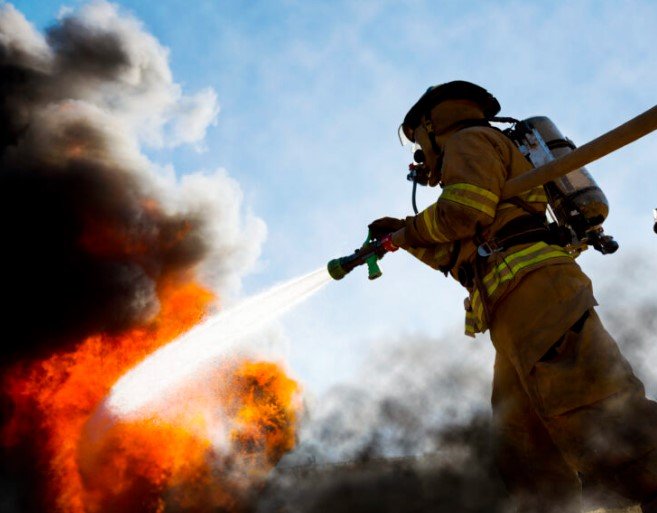The fire department plays a crucial role in ensuring the safety and well-being of communities. However, it faces numerous challenges, including budget constraints, outdated equipment, and the need for continuous training. Recent discussions have highlighted the importance of addressing these issues to enhance the efficiency and effectiveness of fire services. This article delves into the current state of the fire department, exploring the challenges faced and the innovative solutions being implemented to overcome them.
Addressing Budget Constraints
One of the most significant challenges faced by fire departments is budget constraints. Limited funding affects various aspects of fire services, from equipment maintenance to personnel training. Many fire departments struggle to secure adequate funding, which hampers their ability to respond effectively to emergencies. This issue is particularly pronounced in smaller communities where resources are scarce.
To address budget constraints, fire departments are exploring alternative funding sources. Grants and donations from local businesses and community members play a vital role in supplementing limited budgets. Additionally, some departments are partnering with other emergency services to share resources and reduce costs. These collaborative efforts are essential in ensuring that fire departments can continue to provide critical services despite financial limitations.

Innovative approaches to budgeting are also being implemented. Fire departments are adopting cost-effective technologies and practices to maximize their resources. For instance, the use of drones for aerial surveillance during fires has proven to be a valuable tool in assessing situations quickly and efficiently. By leveraging technology, fire departments can enhance their capabilities without significantly increasing costs.
Upgrading Equipment and Technology
Outdated equipment is another major challenge for fire departments. Modern firefighting requires advanced tools and technology to ensure the safety of both firefighters and the public. However, many departments are still using equipment that is decades old, which can be unreliable and less effective in emergency situations.
Efforts are underway to upgrade firefighting equipment and technology. Fire departments are investing in state-of-the-art gear, such as thermal imaging cameras and advanced communication systems. These tools enhance the ability of firefighters to navigate hazardous environments and coordinate their efforts effectively. Upgrading equipment not only improves response times but also enhances the overall safety of firefighting operations.
Training programs are also being revamped to incorporate new technologies. Firefighters are receiving specialized training on the use of modern equipment, ensuring that they can operate it effectively during emergencies. Continuous education and training are essential in keeping firefighters up-to-date with the latest advancements in firefighting technology. By prioritizing training, fire departments can ensure that their personnel are well-prepared to handle any situation.
Enhancing Training and Preparedness
Continuous training and preparedness are critical components of effective fire services. Firefighters must be equipped with the knowledge and skills to respond to a wide range of emergencies, from structural fires to hazardous material incidents. However, maintaining a high level of training can be challenging, especially with limited resources and time constraints.
Fire departments are adopting innovative training methods to enhance preparedness. Virtual reality (VR) simulations are being used to provide realistic training scenarios without the risks associated with live drills. These simulations allow firefighters to practice their skills in a controlled environment, improving their ability to respond effectively in real-life situations. VR training is particularly valuable for scenarios that are difficult to replicate, such as large-scale industrial fires.
Community engagement is also a key aspect of training and preparedness. Fire departments are working closely with local communities to raise awareness about fire safety and emergency preparedness. Public education campaigns and community drills help residents understand the importance of fire prevention and how to respond in case of an emergency. By fostering a culture of preparedness, fire departments can reduce the risk of fires and improve overall community safety.
